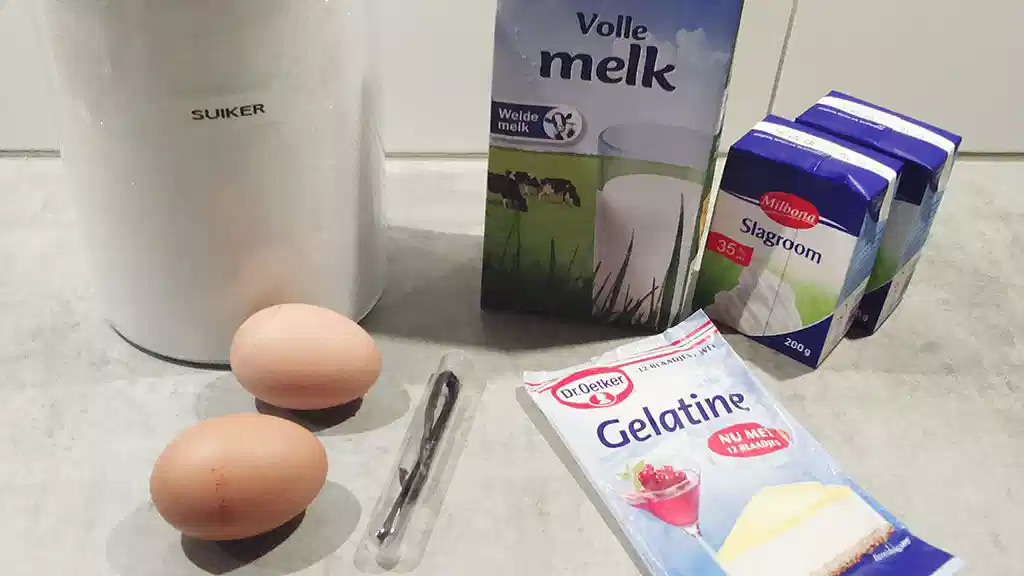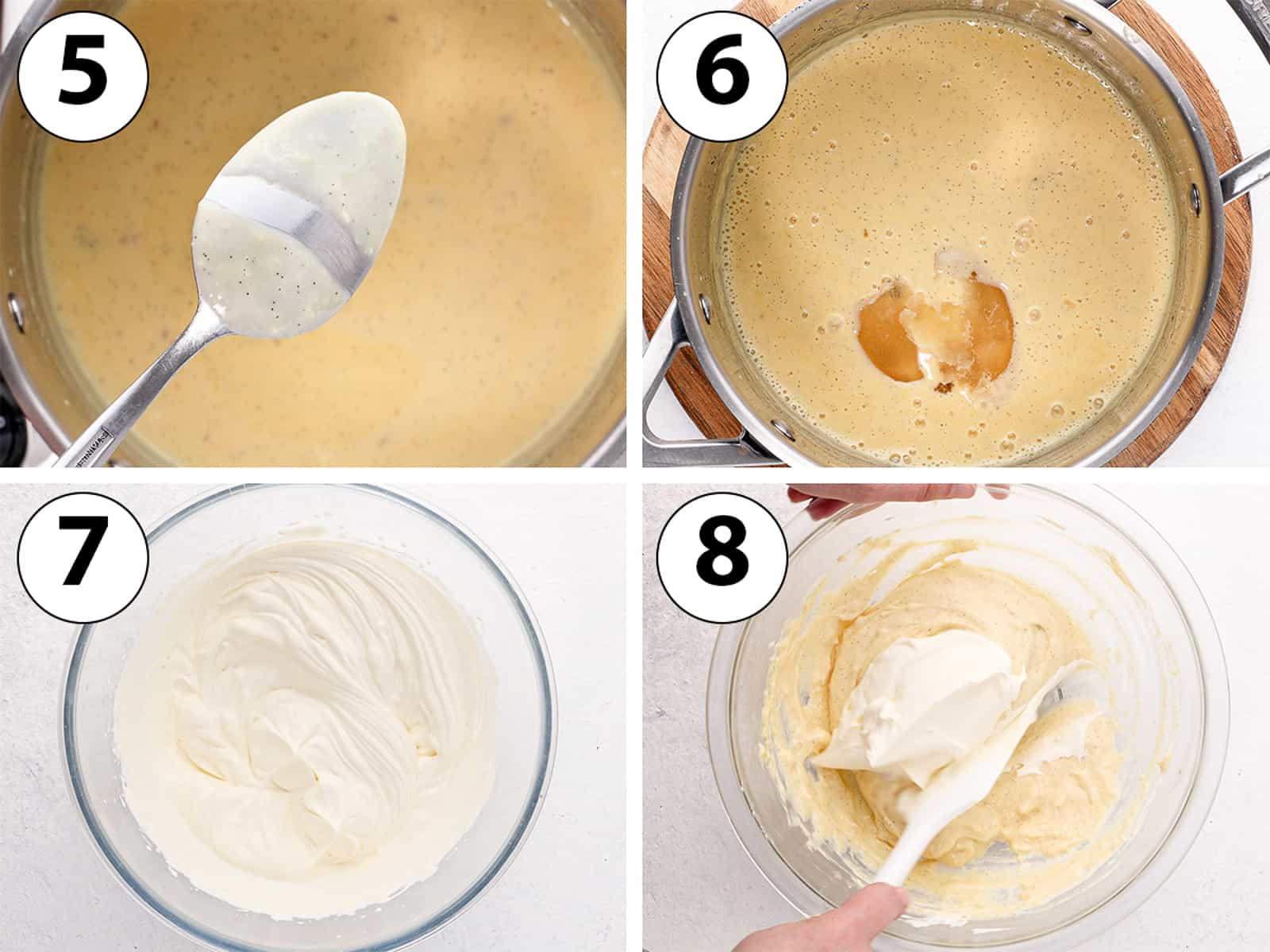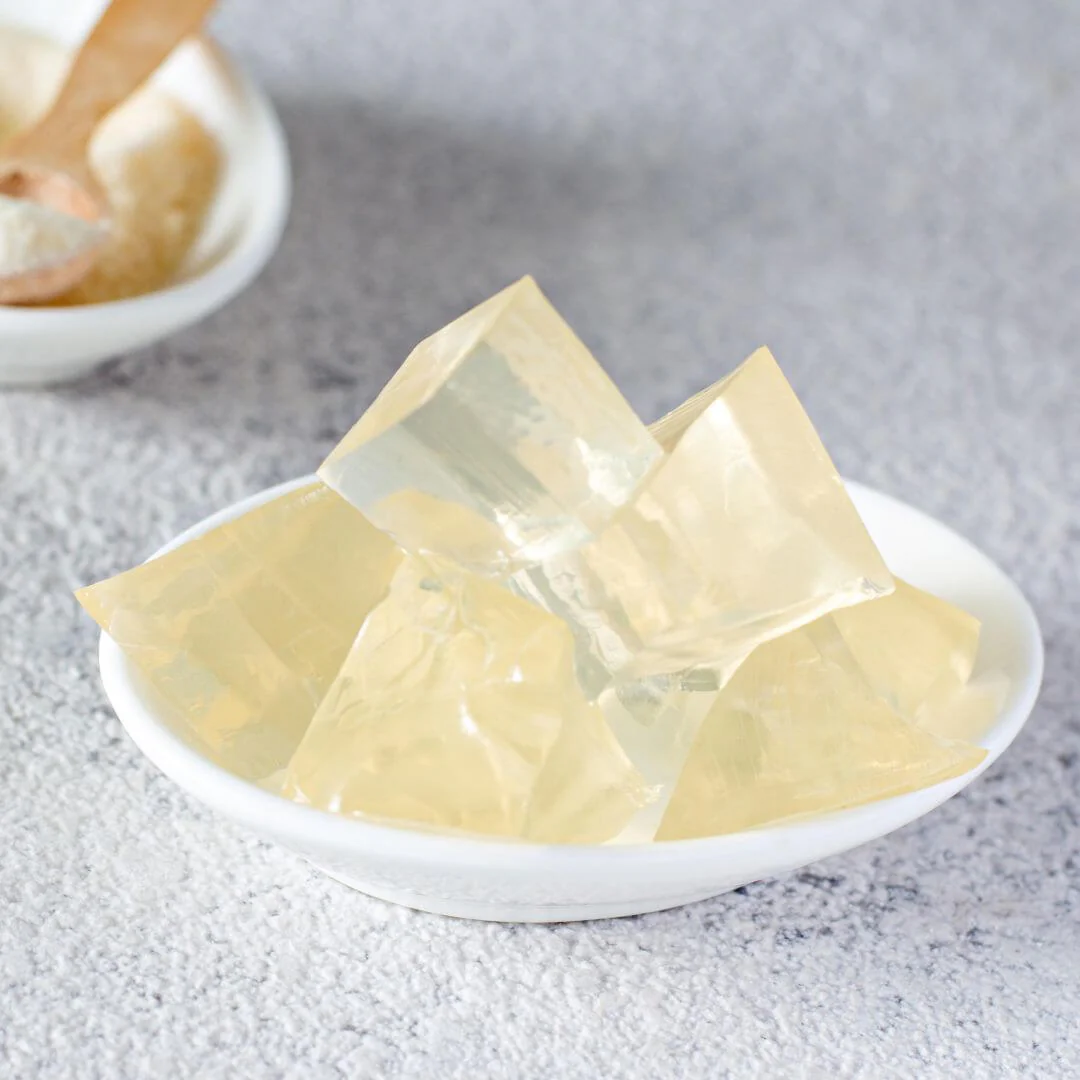Bavarois is more than just a dessert—it’s a celebration of lightness, elegance, and simplicity. With its smooth, mousse-like texture and endless flavor possibilities, bavarois is a timeless French classic that can easily impress at any occasion. While it might seem intimidating, this bavarois recipe will break down the steps and ingredients needed to make this delectable treat at home, no matter your skill level.
The History of Bavarois
Though bavarois has become a staple in French patisserie, it has its roots in 19th-century French cuisine, where it was typically flavored with liqueurs and served in molds. Over time, bavarois has evolved to embrace a variety of flavors, from the traditional vanilla to modern fruit-infused varieties. Its versatility and refinement have helped it remain a popular dessert worldwide.
Ingredients for a Classic Bavarois

To make a traditional bavarois, you’ll need the following ingredients:
- Whole Milk (250 ml)
- Egg Yolks (3 large)
- Granulated Sugar (75g)
- Vanilla Bean or Extract (for flavor)
- Gelatin Sheets (3 leaves or the equivalent in powder)
- Whipping Cream (250 ml, chilled)
- Optional Flavor Additions: Chocolate, fruit purees, or liqueur
These simple ingredients come together to form the custard base, with the gelatin providing the structure and the whipped cream adding an airy texture.
How to Prepare Bavarois: A Step-by-Step Guide
Creating a perfect bavarois might seem complex, but if you follow each step carefully, you’ll have a delightful dessert that’s light, creamy, and impressive. Let’s dive into the detailed process:
Step 1: Prepare the Custard Base

The custard base is the foundation of any bavarois, giving it its rich flavor and creamy texture.
Heat the Milk and Vanilla:
Start by pouring the whole milk (250 ml) into a medium saucepan. If you’re using a vanilla bean, split it down the middle and scrape out the seeds. Add both the seeds and the bean pod to the milk. If you’re using vanilla extract, you’ll add this later after the milk has been heated.
Tip: Heat the milk on medium heat, stirring occasionally to prevent a skin from forming on top. You don’t want it to come to a full boil—just a gentle simmer. This helps infuse the milk with the vanilla flavor.
Whisk the Egg Yolks and Sugar:
While the milk is heating, separate 3 large egg yolks into a mixing bowl. Add 75g of granulated sugar and whisk vigorously until the mixture turns pale and thick. This process is called “blanching” the eggs, which dissolves the sugar and aerates the eggs slightly. The result should be a creamy, smooth mixture with a lighter color.
Combine the Milk and Egg Mixture:
Once the milk reaches the simmering point, remove the vanilla pod (if using). Slowly and carefully, pour the hot milk into the egg mixture in a thin stream while whisking constantly. This step is crucial because pouring the milk too quickly or without whisking can cause the eggs to cook and scramble. By whisking as you pour, you gradually raise the temperature of the eggs without shocking them.
Tip: After combining the milk and egg mixture, pour everything back into the saucepan and return it to low heat. Stir constantly with a wooden spoon or spatula until the custard thickens slightly. You’re looking for a consistency that coats the back of a spoon—a classic sign that the custard is ready.
Step 2: Bloom the Gelatin

Gelatin is the key ingredient that sets bavarois, giving it its firm yet jiggly texture.
Soak the Gelatin:
While your custard is cooking, take 3 gelatin sheets (or the powdered equivalent) and soak them in cold water for about 5 minutes. This process is known as “blooming” the gelatin, which softens it and prepares it for melting into the custard. If you’re using powdered gelatin, sprinkle it over a small amount of cold water and let it sit for a few minutes until it swells up.
Tip: Make sure the water is cold; warm or hot water will dissolve the gelatin too soon, which could affect the texture.
Incorporate the Gelatin into the Custard:
Once the gelatin has softened, squeeze the excess water from the gelatin sheets. Stir the softened gelatin directly into the warm custard while it’s still off the heat. It should dissolve easily in the residual heat of the custard. If using powdered gelatin, add the bloomed gelatin to the custard and whisk until completely dissolved.
Tip: Ensure the gelatin is fully melted and evenly distributed throughout the custard. If the gelatin doesn’t dissolve completely, your bavarois may have uneven or lumpy textures.
Step 3: Whip the Cream

The whipped cream is what gives bavarois its light, airy texture, so it’s important to get this step right.
Chill Your Equipment:
Before whipping the cream, make sure your bowl and whisk (or beaters) are well chilled. This will help the cream whip up more quickly and maintain a stable consistency. Simply place them in the fridge or freezer for about 10-15 minutes.
Whip the Cream:
Pour 250 ml of whipping cream into the chilled bowl and whip it until you achieve soft peaks. Soft peaks mean that when you lift the whisk out of the cream, the peaks should stand up but then gently fall over on themselves. This texture is perfect for folding into the custard, as it will create a smooth, airy bavarois without deflating.
Tip: Don’t overwhip the cream. If it becomes too stiff, it won’t fold smoothly into the custard, and your bavarois may end up dense instead of light.
Step 4: Combine and Set

Now comes the final step: folding everything together and letting the bavarois set into its signature, silky texture.
Cool the Custard:
Before adding the whipped cream, let the custard cool to room temperature. You don’t want it too hot, as it could melt the whipped cream and ruin the light texture. You can speed up this process by placing the custard in an ice bath and stirring it gently until it cools down.
Fold in the Whipped Cream:
Once the custard has cooled, it’s time to incorporate the whipped cream. Use a rubber spatula to gently fold the cream into the custard. Start by adding one-third of the cream to lighten the mixture. Then, carefully fold in the remaining cream, using broad, gentle strokes to avoid deflating the whipped cream.
Tip: The goal is to combine the custard and cream without losing the airiness. Overmixing can deflate the whipped cream, so use a delicate hand during this step.
Pour and Set:
Once fully combined, pour the bavarois mixture into your chosen mold or individual serving cups. Cover the mold with plastic wrap to prevent a skin from forming and place it in the refrigerator to set for at least 4 hours, or until firm. For best results, leave it overnight.
Tip: You can use a variety of molds, from classic round molds to more creative options like silicone shapes or individual glass cups. Bavarois holds its shape well once set, so feel free to get creative with your presentation.
Tips for Perfecting Your Bavarois

Though bavarois is a fairly straightforward dessert, a few expert tips can help you avoid common mistakes and elevate your creation from good to exceptional. Let’s break down the key elements to focus on for a flawless result.
Watch the Heat
One of the most important aspects of making bavarois is controlling the heat. Custards can be delicate, and it’s easy to ruin the texture if you’re not careful. Here’s how to avoid some common heat-related pitfalls:
Don’t Let the Milk Boil Over: When heating the milk (whether with vanilla or other flavorings), aim for a gentle simmer, not a rolling boil. Boiling the milk can cause it to scorch, and this can leave an unpleasant taste in your bavarois. It’s important to watch it closely and remove it from the heat as soon as small bubbles form around the edges.
Avoid Curdling the Egg Yolks: When combining the hot milk with the egg yolks, you need to temper them—meaning slowly raise their temperature to prevent curdling. Pour the hot milk in a thin stream while whisking constantly. This gradual process helps the eggs warm up without cooking too quickly and turning into scrambled eggs.
Gelatin Magic
Gelatin is the ingredient responsible for setting your bavarois, so it’s important to get it just right. Here’s how to master this step:
Blooming the Gelatin: The first step in using gelatin is to let it “bloom,” which means soaking the gelatin sheets in cold water (or sprinkling powdered gelatin over cold water). This step softens the gelatin and allows it to dissolve evenly into the warm custard. Without blooming, the gelatin may not distribute properly, resulting in an uneven texture.
Make Sure It Fully Dissolves: Once the gelatin has bloomed, squeeze out any excess water (if using sheets), and stir it directly into the warm custard base. Be sure that the custard is still warm enough for the gelatin to melt completely. If the gelatin isn’t fully dissolved, you’ll end up with small, unpleasant lumps in your bavarois.
Whipped Cream Lightness
One of the key features of bavarois is its light, airy texture, and this is thanks to the whipped cream. However, the way you fold the whipped cream into the custard can make or break the final texture:
Whip to Soft Peaks: First, make sure you’re whipping the cream to soft peaks rather than stiff peaks. Soft peaks provide just the right amount of structure while still being light and airy. Overwhipped cream can make the bavarois too dense or grainy.
Fold Gently, Don’t Stir: Folding is a technique used to incorporate light ingredients (like whipped cream) into heavier mixtures (like custard) without deflating them. Use a rubber spatula to fold the whipped cream into the custard in stages. Start by adding a small portion of the whipped cream to lighten the custard, then fold in the rest, being careful to maintain the airiness.
Bavarois is a truly spectacular dessert that’s easier to make than you might think. Whether you’re crafting a classic vanilla version or trying out a bold new flavor, this recipe will guide you toward sweet success. Don’t hesitate—get creative and make this delightful dessert today!
FAQs
What is the Origin of Bavarois?
Bavarois is a French dessert that dates back to the 19th century. It was traditionally flavored with liqueurs and served in molds.
Can You Make Bavarois Without Gelatin?
Yes, you can substitute gelatin with agar-agar, a plant-based alternative, to make a vegan version of bavarois.
How Do You Know When Bavarois is Set?
Bavarois is fully set when it’s firm to the touch but still has a slight wobble, much like a well-set panna cotta.
What Flavors Pair Well with Bavarois?
Bavarois pairs beautifully with fresh fruits like raspberries or mango, as well as richer flavors like chocolate and caramel.
